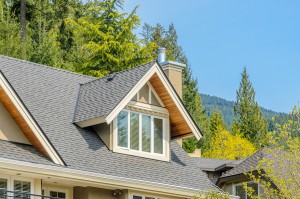There are several reasons why many homeowners make home energy efficiency a key focus of their maintenance and improvement projects; it can reduce utility bills substantially and make the indoor living environment a more comfortable place to be – as well as contributing to the protection of natural resources. Numerous elements impact home efficiency; from quality of windows, siding, and insulation, to the rating on appliances such as washers, dryers, and refrigerators, but air sealing happens to be one of the most fundamental and essential aspects to focus on for an overall reduction of power consumption.
Gaps and cracks can form in several areas of the home. These openings allow hot or cold air to flow in from the outside, often causing the need to use more energy in order to keep the indoor temperature at a comfortable level. Some of the key zones to check for incoming air include door and window frames, outlets and switches, chimney flashing, recessed lighting, water and furnace flutes, and all ducts, as well as all plumbing and utility accesses. For homes with an attic, the entrance to this room of the house could be a prime candidate for air sealing; attics are usually not temperature controlled, and air that leaks from them into the living space can have a big impact on the indoor climate.
Where gaps and cracks let air in, the solution is to insulate and close. The type of insulation or sealant used depends on the area and feature being treated. For example, a different kind of material is required to seal ducts than would be used to close up gaps in window frames. In a home that has many leaks, finding only a few and closing them can reduce the problem, but it does not eliminate it.
Due to the complexity of air sealing a home, it’s best to rely on the professionals. At Green Comfort Home Energy Solutions, we can provide the right insulation fixes for your home and budget, making your home more energy efficient. To get started call us or click here for a quote.




